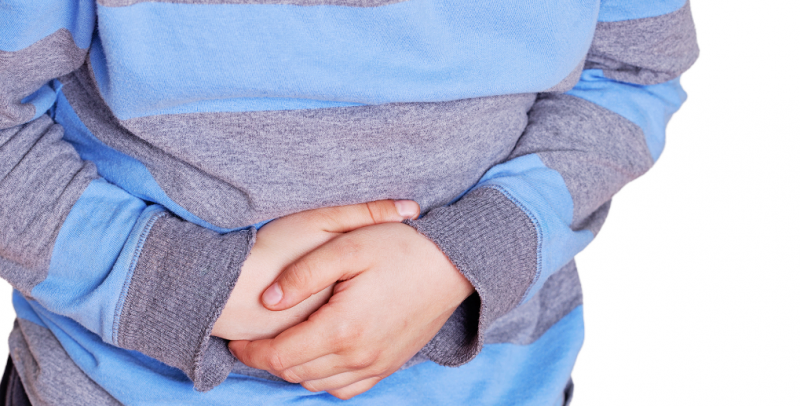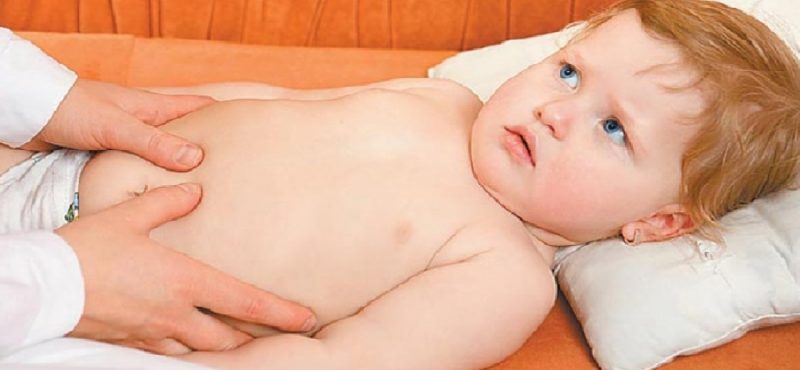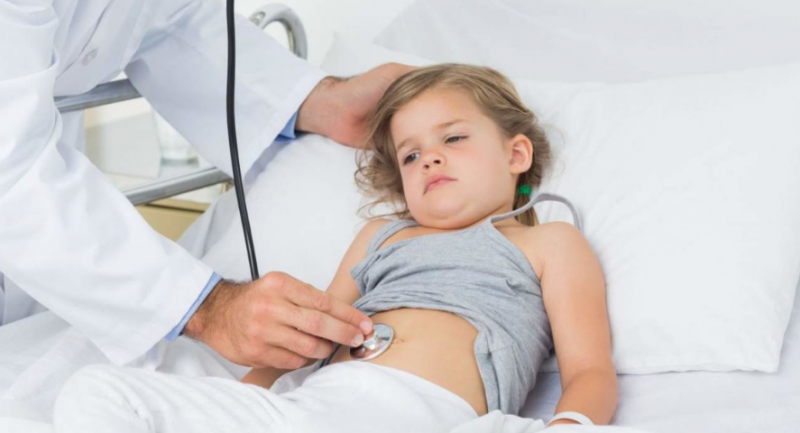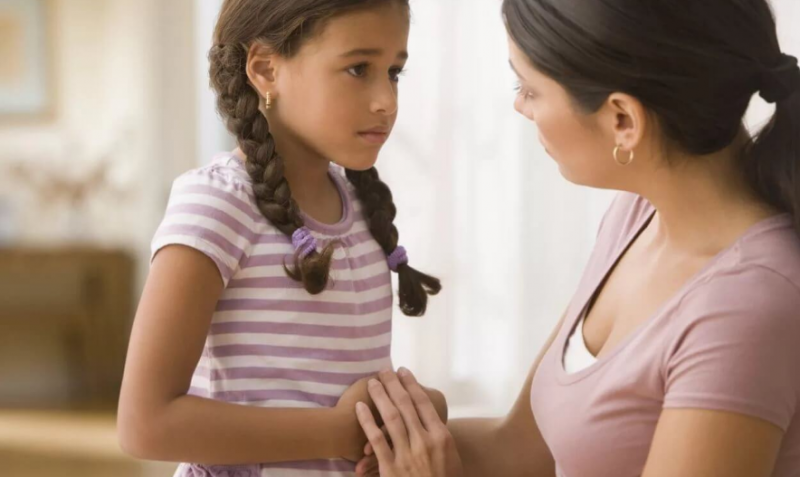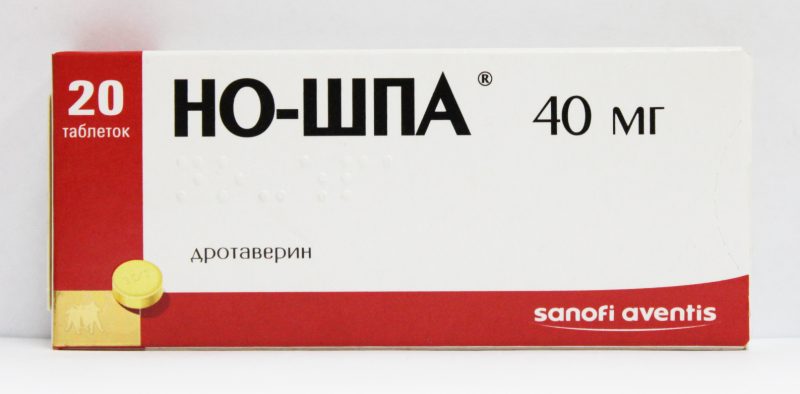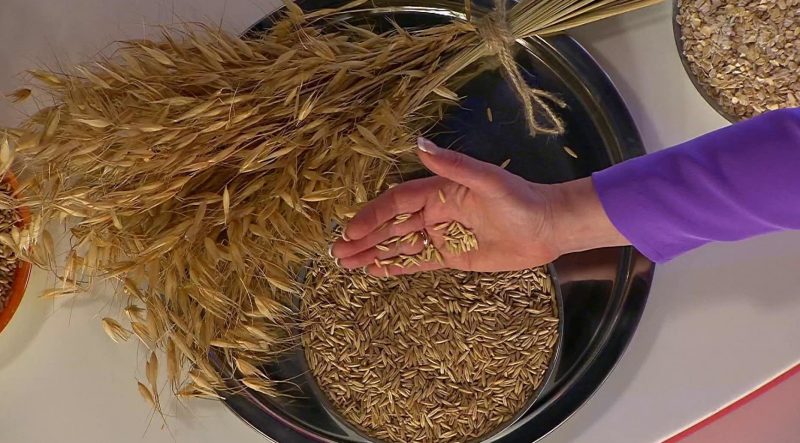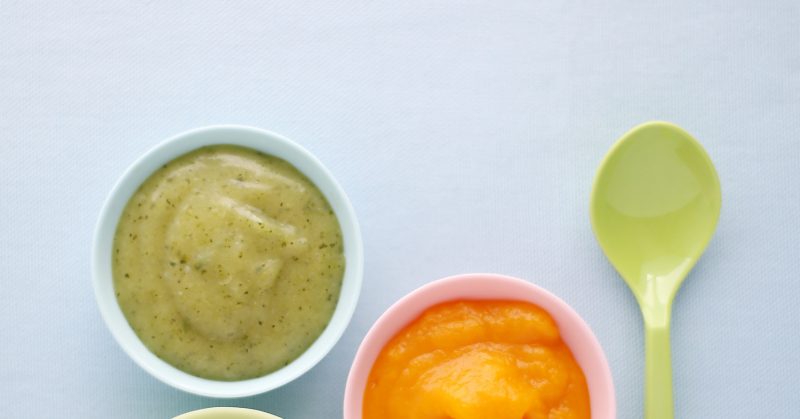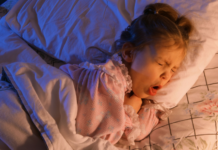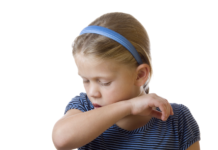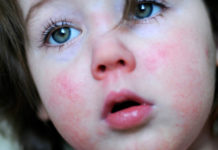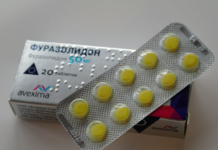Pancreatitis in children is quite rare. However, the disease is serious, so parents need to know the symptoms and signs of pathology in order to detect them in time and consult a doctor.
Material Content:
Causes of Pancreatitis
About a quarter of sick patients in childhood cannot determine the cause of the pathology. The child’s body is more active, therefore, it reacts sharply to the slightest external influences of a different nature, the influence of which is rather difficult to trace.
In all other cases, inflammation of the pancreas develops for the following reasons:
- bacterial and viral infections (from dysentery to rubella);
- excess vitamin D;
- various injuries of the abdomen;
- parasitic lesion;
- neoplasms in the pancreas;
- inflammatory processes of the digestive tract;
- toxic-allergic reaction to taking certain medications;
- cholelithiasis;
- cholecystitis;
- constant stress, unfavorable conditions in the family;
- damage to the pancreatic duct;
- pathology of the development of the organ;
- heredity.
Also at risk are children who are malnourished and love fatty and sweet foods.
If for most adults, the periodic use of such dishes does not harm, then in children this kind of food stimulates the excessive secretion of gastric juice and the subsequent disruption of the pancreas.
The first signs and symptoms of the disease
In young patients, the disease proceeds with less severe symptoms, compared with adults.Therefore, parents always need to be careful about the health of their child.
Symptoms of pancreatitis in children:
- paroxysmal abdominal pain, aggravated by palpation of the affected organ;
- nausea or vomiting;
- lack of appetite;
- heaviness in the stomach;
- strong gases;
- digestive disorders;
- diarrhea;
- pallor of the skin;
- rapid pulse.
In mild cases, there is no increase in temperature.
It is interesting:nausea after eating
A severe form of the disease is characterized by more alarming signs:
- persistent pain in the left hypochondrium;
- incessant vomiting;
- hard and tense stomach;
- temperature rise;
- yellowing of the sclera;
- increased heart rate;
- general deterioration.
Pain attacks can last from an hour to 2 to 3 days.
Types of inflammation of the pancreas
There are three types of illness:
- Acute pancreatitis. The main reason is a violation of the production of enzymes. Excessive synthesis of substances harms the pancreas. There are two forms of this pathology: edematous-serous and destructive. The first is much more common, and the prognosis of its course is favorable. In the second case, without emergency medical care and resuscitation, the baby may die.
- Chronic pancreatitis. The disease progresses against the background of other pathologies - fibrosis, sclerosis and pancreatic atrophy.
- Reactive pancreatitis (in a child it can be caused by general intoxication of the body during poisoning or infection). Infectious processes always give a complication to the pancreas, which in addition to everything else suffers from taking various medications and antibiotics.
It must be remembered that frequent reactive inflammation can eventually turn into a real acute form of the disease.
Diagnostic measures
The main symptom is sharp abdominal pain. Therefore, when contacting a doctor, a specialist first of all checks the baby for diseases with similar symptoms (appendicitis, cholecystitis, bowel obstruction).
Diagnostics, as a rule, includes such measures:
- general examination, history taking, palpation of the abdominal cavity;
- delivery of a general and biochemical blood test;
- fecal analysis;
- X-ray
- Ultrasound of the abdomen.
All studies are carried out in a hospital, as children with such symptoms are hospitalized necessarily.
Treatment of pancreatitis in children
Treatment must be comprehensive. The patient is prescribed drug therapy, a diet is selected and it is recommended to observe a strict bed rest without stress and stress.
Drug treatment
With severe pain, the child is prescribed analgesics and antispasmodics (No-shpu, Papaverin, Analgin). To normalize the production of enzymes, antisecretory agents are needed (Ranitidine, Famotidine). Enzymatic preparations also play an important role.
Surgical treatment is carried out only with the complete inefficiency of the conservative or with the rapid progression of organ damage.
Traditional medicine recipes
Self-medication is strictly contraindicated. Incorrectly selected medicines can only cause harm and damage other organs as well. You can use alternative recipes after improving the patient's condition and consulting with a doctor.
Popular recipes:
- Oats Rinse the grains, fill with water and set for 24 hours. Dry the grains and grind into powder. Dilute the resulting flour with water, bring to a boil and insist. Strain the jelly, cool and drink, not leaving for later.
- Potatoes. Squeeze juice from 2 - 3 large potatoes. About 200 ml of liquid should be obtained. Drink a couple of times a day before meals.
- Barberry. Plant bark (1 tbsp. L.) Pour 1 tbsp. boiling water and insist half an hour. Chilled infusion take 1 tbsp. l before eating.
Medicinal preparations from various herbs also give a good result: immortelle, chamomile, wormwood, calendula.
It is interesting:immortelle
Pancreatitis Diet
Of great importance is nutrition.It is designed to reduce the load on the pancreas and improve its condition. In acute inflammation in the first 2 days it is better to eat nothing at all, patients can only drink water. It is not difficult to comply with this requirement, as patients during this period suffer from a complete lack of appetite.
For small and weak children, glucose may be given to prevent deterioration.
Allowed foods and meals after a hunger strike:
- on the 1st day it is allowed to use only liquid mashed cereals or vegetable purees, compotes, jelly;
- from the 2nd day you can add light vegetable soups, mashed potatoes and a steam protein omelet (remove the yolks);
- from the 2nd week the diet can be supplemented with baked apples, boiled chicken breast chopped, steamed vegetables;
- from the third to the fourth week, on the recommendation of a doctor, the menu can include boiled meat or fish of low-fat varieties, cottage cheese casseroles, vegetable stew, pasta, boiled eggs.
Fried, fatty and sweet foods are prohibited. Also, do not eat fresh fruits and vegetables, as well as mushrooms, legumes, convenience foods.
The diet is strict, but its observance directly affects the rate of recovery and the course of the disease.
Possible consequences and disease prevention
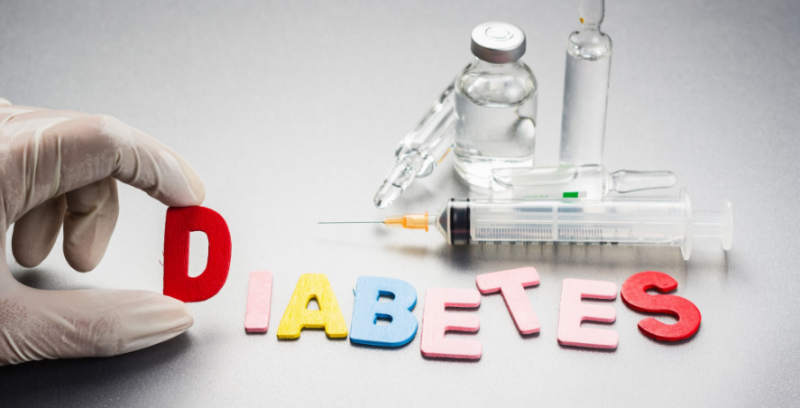 Complications of the disease are quite serious:
Complications of the disease are quite serious:
- diabetes;
- false cyst;
- inflammation of the peritoneum;
- pleurisy.
The prognosis depends on the course of the disease and the timely start of treatment.
Acute forms heal quickly. The prognosis of the chronic course of the disease depends on the strength and frequency of exacerbations.
Rarely encountered in childhood, a disease in a purulent or hemorrhagic form when delayed can lead to death.
Preventive measures are very simple. To prevent the development of pathology, children need to provide a rational and age-appropriate nutrition, to prevent the development of helminthic invasions, infectious diseases. In case of illness, necessary medications should be taken only as directed by a doctor. Children with chronic diseases of the gastrointestinal tract should undergo regular medical examinations and be treated in special sanatoriums.


